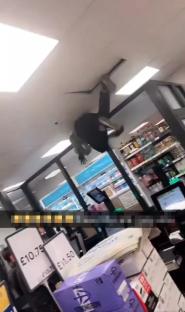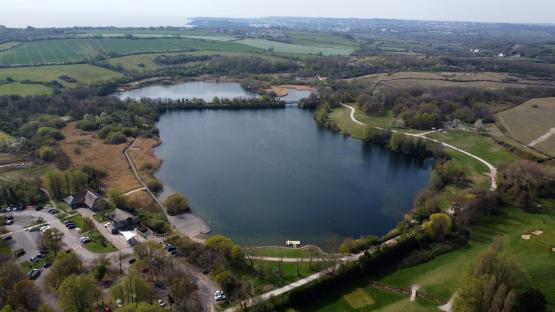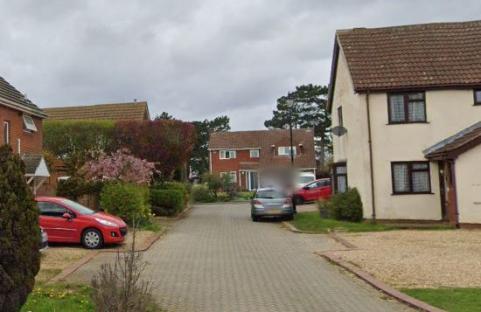Residents aged 50 and up in five Hamilton COVID-19 ‘hot spots' can now book vaccinations, according to public health.
As the Doug Ford government moves into Phase 2 of its vaccine distribution plan, middle-aged Hamiltonians living in the L8W, L9C, L8L, L8N and L9K postal codes have the opportunity to get a shot as the province begins targeting communities with a high risk of coronavirus transmission across Ontario.
Read more: Ontario hospitals told to ‘ramp down' all elective, non-emergency surgeries due to COVID-19
The five Hamilton hot spots include three areas on the Mountain and two in the lower city:
- On the Mountain, L8W, is on the east side roughly enclosed by Upper Wentworth Street, Twenty Road East, Trinty Church Road and Limeridge Road.
- The L9C postal code is a region northwest of Stone Church Road and Upper James Street
- L9K is southeast of the Lincoln M. Alexander Parkway and the 403.
- The L8L postal code in the lower city is bordered by King Street East, Cannon Street, Barton, Caroline and Ottawa Street North all the way to the Waterfront.
- The L8N area is roughly surrounded by James Street South, King Street East, Wentworth Street South and the Sherman and Claremont Accesses.
Those eligible can receive a vaccine at any of the city’s large-scale or mobile pop-up vaccination clinics by appointment only. Walk-ins are not permitted.
Proof of address must be shown when arriving for an appointment.
Two mobile pop-up clinics on Saturday and Sunday at Lake Avenue School will be a part of the 50-plus vaccination initiative. The stop will also serve adults over 60.
Ontario premier Doug Ford gets AstraZeneca COVID-19 vaccine
01:13 Ontario premier Doug Ford gets AstraZeneca COVID-19 vaccine 02:13 Canadian hospitals to ration use of life-saving drug for COVID-19 patients 02:47 Non-essentials cordoned off at big-box stores during Ontario's COVID-19 stay-at-home order 02:16 Excitement, confusion over phase 2 of Ontario's COVID-19 vaccine rollout 01:09 Ontario sees highest COVID-19 case numbers since mid-January 02:26 Four week stay-at-home order begins in OntarioDuring a pandemic update on Tuesday, public health epidemiology specialists identified a number of the postal codes tied to high case rates, per cent-positive activity, lack of access to testing and corresponding to at least one of the racialized or deprivation indices.
Thirteen public health units across Ontario were selected in the initial 50-plus plan with a focus on areas with high rates of death, hospitalization and transmission amid the pandemic.
Read more: Hamilton school boards alert students, staff of possible shift to remote leaning after spring break
The province will also move to vaccinate individuals with high-risk health conditions including organ transplant recipients and people with neurological and kidney diseases. Caregivers from those groups will also be eligible in the next phase.
As of Friday morning, Ontario had administered close to three million doses of COVID-19 vaccines with about 330,000 people fully vaccinated with both required doses.
Hamilton is reporting 124,123 vaccine doses have been put into residents' arms as of April 8.
Read more: COVID-19 cases rose as Canadians spent more time outside their homes: study
The clinic at Hamilton Health Sciences (HHS) has administered the bulk of the shots, having jabbed about 56,000.
Around 28,000 shots have been given at the St. Joe’s site, about 20,000 through the mobile clinics, close to 12,000 at the large site at First Ontario, close to 5,000 in primary care settings and close to 3,000 at pharmacies.




